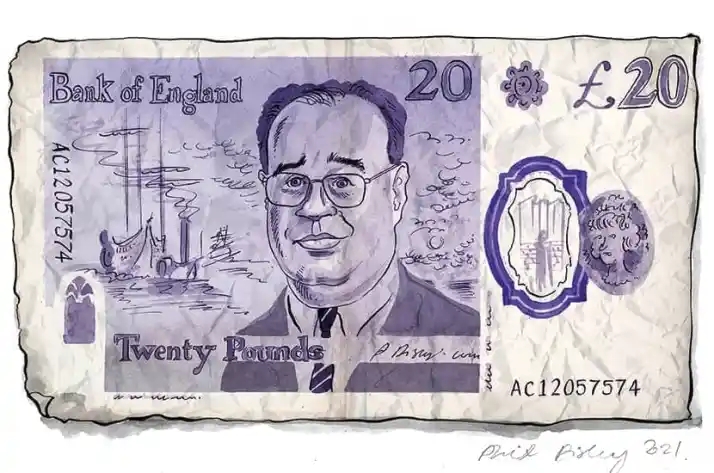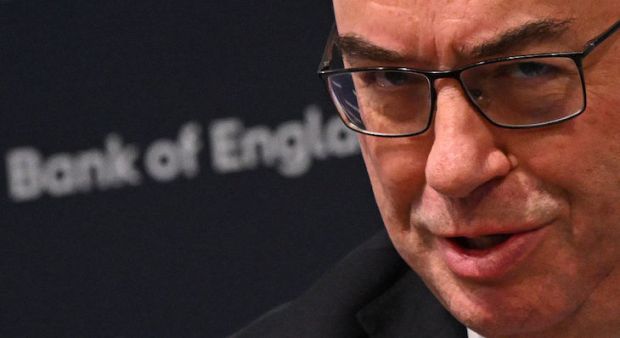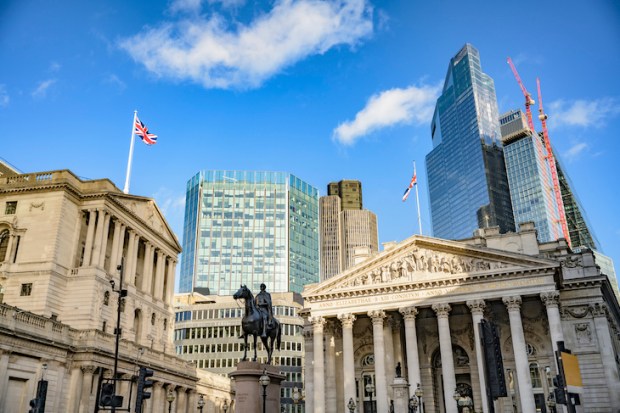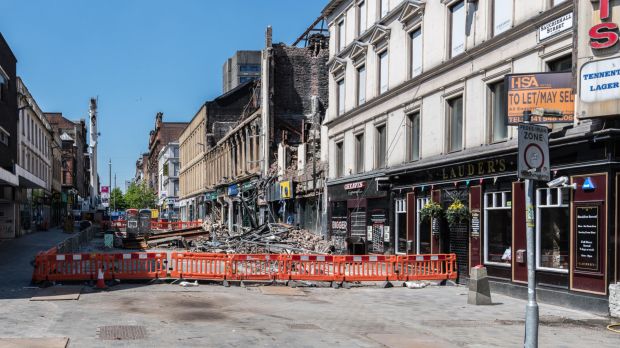Anyone with a mortgage will be in serious trouble. Small businesses will go to the wall. Demand will be hammered. And the cost of government debt will soar. After the Bank of England upped interest rates yesterday to 3 per cent, the highest level in more than a decade, there was one point on which everyone agreed. The Bank might be moving too fast or too slow, but it is imposing steep rises in rates. But hold on: is that right? After all, when you take into consideration rising inflation, the real cost of money has hardly ever been cheaper.
The Bank’s decision to hike rates by 0.75 percentage points was widely expected. After the fallout from the ill-fated mini-Budget – and following the US Federal Reserve’s decision to lift rates by the same amount the night before – it was probably the least the Bank could do to maintain its credibility. Perhaps more importantly, it was also keen to prevent another run on the pound and a fresh crisis in the gilts market. There is no doubt that this decision will come as a blow to many people. Anyone on a variable rate mortgage will see a hefty rise in monthly payments; companies refinancing their loans will now have to pay more, if they can get the money at all.
Yet there is one point that is overlooked in much of the coverage of the Bank’s decision: real interest rates have never been lower. Alongside the rate decision, the Bank updated its forecasts for the British economy. Amid the usual doom and gloom about GDP, it noted that it expects inflation to hit 11 per cent over the next year. In real terms then – when you take inflation into account – interest rates are now at minus 8 per cent. By any historical standards that is incredibly cheap money. Ideally, over the medium term, normal interest rates might be one or two points above inflation. So, in fact, a normal interest rate right now could be around 13 per cent or 14 per cent, rather than only 3 per cent. When you factor in inflation, a ‘minus-8 per cent’ real rate is free money on steroids.
True, it may not be feasible to lift rates to the 10 per cent-plus levels they should be at. They haven’t been that high since the ERM crisis of the early 1990s or the inflation-busting early 1980s. Those rates would cause unimaginable pain, given the far higher levels of debt accumulated since then. But assuming house prices, goods prices, and commodity prices roughly keep pace with inflation then borrowing is actually very, very cheap. Any debts you take on will be magically taken care of by rising prices. If in doubt, track down a grandparent and ask them how much they paid for their house in the 1960s or 1970s. In reality, we should ignore the headlines. Yes, the interest rate rise will come as a shock to homeowners. But this doesn’t mean the Bank has suddenly thrown its easy monetary policy – which advocates relatively low interest rates – out of the window.
The post Why interest rates are still lower than you might think appeared first on The Spectator.
Got something to add? Join the discussion and comment below.
Get 10 issues for just $10
Subscribe to The Spectator Australia today for the next 10 magazine issues, plus full online access, for just $10.




















Comments
Don't miss out
Join the conversation with other Spectator Australia readers. Subscribe to leave a comment.
SUBSCRIBEAlready a subscriber? Log in